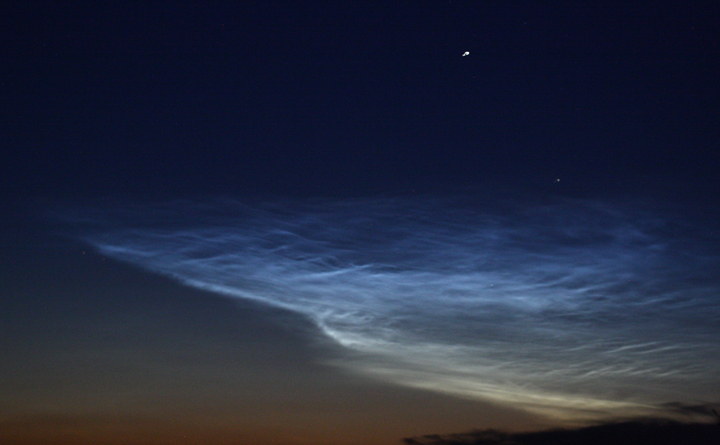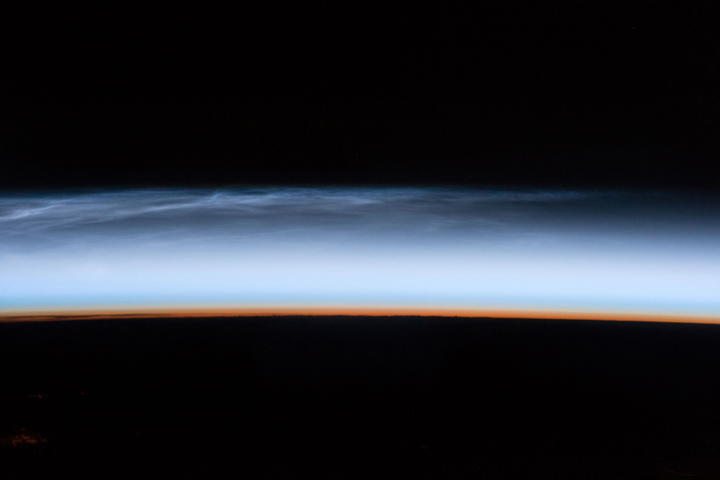TORONTO – People around the world this week have been awed by spectacular displays of the northern lights. But there is another beautiful phenomenon going on that will wow you — noctilucent clouds.

These electric-blue clouds are also called polar mesospheric clouds. Though not completely understood, scientists believe that as the lower atmosphere warms (ie. summer) the upper atmosphere gets cooler and ice crystals form on meteor dust (as we are constantly getting bombarded with fine meteor dust) and other particles about 80 to 85 km above Earth.
READ MORE: Rare clouds captured dancing over London, England
The best time to catch this beautiful sight is in late spring and early summer. Check out the northern sky about 30 to 60 minutes after sunset or in the wee hours of the morning, before sunrise. This occurs as the beams of light reflect off the ice crystals.
Noctilucent Clouds and Aurora. from Maciej Winiarczyk on Vimeo.
In the past, these clouds were relegated to the far north. However, scientists have found that they are now seen farther south than ever before and earlier than in the past.
The first report of NLCs appeared after the massive volcanic eruption of Krakatoa in 1883. As the ash travelled around the globe, it created beautiful sunsets as well as these strange new clouds. People believed that the NLCs were tied to the eruption. But these clouds have continued long after.
People around the world have spotted these clouds over the past two weeks. And it’s pretty impressive.
NASA’s Aeronomy of Ice in the Mesosphere (AIM) spacecraft is dedicated to studying the phenomenon. The first NLCs of the year were seen over the Arctic on May 19, earlier than expected.
You can click here to find out where and when these beautiful clouds are visible.
- 2021 heat dome fuelled by climate change, intensified wildfire risk: study
- B.C. introduces legislation recognizing Haida Gwaii Indigenous title
- Whale experts confident B.C. orca calf will survive, find family if rescue plan succeeds
- Chemical plant shuts down after high benzene levels detected near Ontario First Nation





Comments